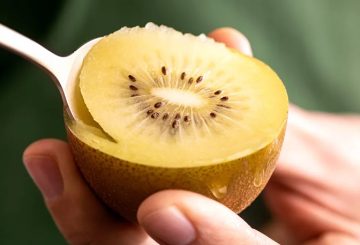Guy Fawkes Day is on Saturday 5 November. With many people following the tradition of lighting their own fireworks, the New Zealand Fire Service has released rules for safe the use of fireworks.
High winds are forecast across the country, so people should take extreme caution this year, the service said. Even better, leave the fireworks display to the professionals.
However, if you choose to light your own fireworks, here is what you need to know:
Yes:
- Only light fireworks in your own backyard and not in a public space. Breaching this rule could result in a fine of up to $20,000.
- Light fireworks on a calm evening, not a windy one. Wind can turn sparks into fires.
- Keep a bucket of water or a hose nearby in case of a fire. Soak all used fireworks in water before you throw them away.
- Let your neighbours know what your plans are, and keep pets inside.
No:
- Lighting fireworks in public parks is not allowed.
- Do not drink alcohol if you plan to set off your own fireworks.
- Aim fireworks up, not sideways. Don’t point them at other people.
Some parts of New Zealand have specific rules:
- In Northland, there is a ban on private fireworks in the Karikari Peninsula, Ahipara township and surrounding areas. The ban runs from 2 November until 30 April next year.
- In Auckland, private fireworks can only be lit between 5 pm and 10.30 pm, any day of the year. As with the rest of New Zealand, fireworks are prohibited in all public spaces, including parks and roads. When it comes to bonfires, Auckland council must give approval before any bonfires are lit on public land, including beaches and parks. It is illegal to light a bonfire on your own property.
- The are several year-round fire bans in the Queenstown Lakes District. They are in Queenstown Red, Pig Island, Albert Town reserve and campground, Coronet Forest, Mt Iron, Pigeon Island and Ruby Island.
For more information, or if you are still unsure what to do, visit checkitsalright.nz.





























































